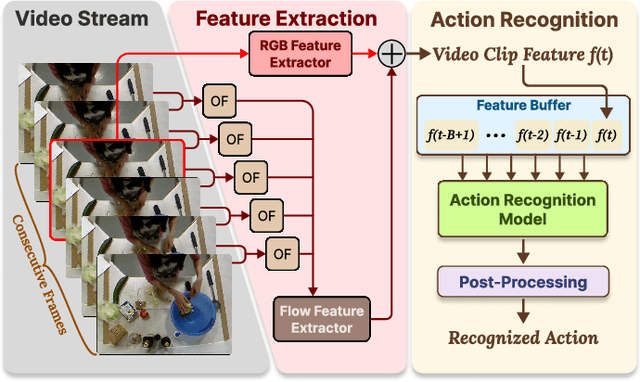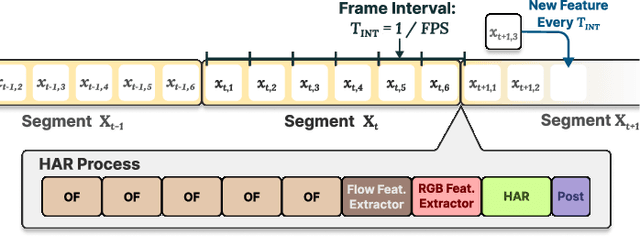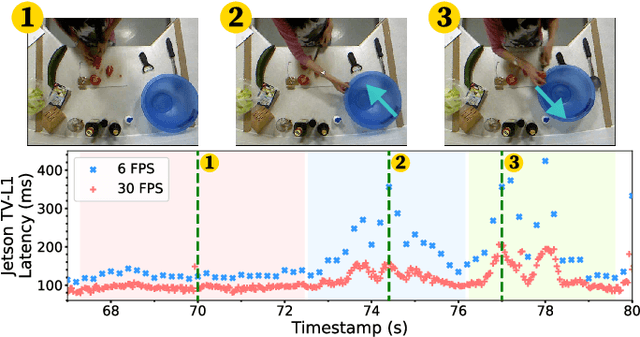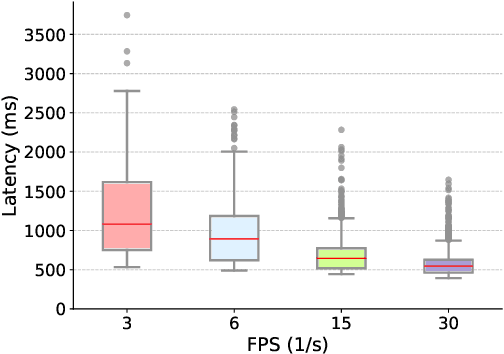Jaehwan Jeong
a2z-1 for Multi-Disease Detection in Abdomen-Pelvis CT: External Validation and Performance Analysis Across 21 Conditions
Dec 17, 2024Abstract:We present a comprehensive evaluation of a2z-1, an artificial intelligence (AI) model designed to analyze abdomen-pelvis CT scans for 21 time-sensitive and actionable findings. Our study focuses on rigorous assessment of the model's performance and generalizability. Large-scale retrospective analysis demonstrates an average AUC of 0.931 across 21 conditions. External validation across two distinct health systems confirms consistent performance (AUC 0.923), establishing generalizability to different evaluation scenarios, with notable performance in critical findings such as small bowel obstruction (AUC 0.958) and acute pancreatitis (AUC 0.961). Subgroup analysis shows consistent accuracy across patient sex, age groups, and varied imaging protocols, including different slice thicknesses and contrast administration types. Comparison of high-confidence model outputs to radiologist reports reveals instances where a2z-1 identified overlooked findings, suggesting potential for quality assurance applications.
FaceShield: Defending Facial Image against Deepfake Threats
Dec 13, 2024Abstract:The rising use of deepfakes in criminal activities presents a significant issue, inciting widespread controversy. While numerous studies have tackled this problem, most primarily focus on deepfake detection. These reactive solutions are insufficient as a fundamental approach for crimes where authenticity verification is not critical. Existing proactive defenses also have limitations, as they are effective only for deepfake models based on specific Generative Adversarial Networks (GANs), making them less applicable in light of recent advancements in diffusion-based models. In this paper, we propose a proactive defense method named FaceShield, which introduces novel attack strategies targeting deepfakes generated by Diffusion Models (DMs) and facilitates attacks on various existing GAN-based deepfake models through facial feature extractor manipulations. Our approach consists of three main components: (i) manipulating the attention mechanism of DMs to exclude protected facial features during the denoising process, (ii) targeting prominent facial feature extraction models to enhance the robustness of our adversarial perturbation, and (iii) employing Gaussian blur and low-pass filtering techniques to improve imperceptibility while enhancing robustness against JPEG distortion. Experimental results on the CelebA-HQ and VGGFace2-HQ datasets demonstrate that our method achieves state-of-the-art performance against the latest deepfake models based on DMs, while also exhibiting applicability to GANs and showcasing greater imperceptibility of noise along with enhanced robustness.
Real-Time Human Action Recognition on Embedded Platforms
Sep 11, 2024



Abstract:With advancements in computer vision and deep learning, video-based human action recognition (HAR) has become practical. However, due to the complexity of the computation pipeline, running HAR on live video streams incurs excessive delays on embedded platforms. This work tackles the real-time performance challenges of HAR with four contributions: 1) an experimental study identifying a standard Optical Flow (OF) extraction technique as the latency bottleneck in a state-of-the-art HAR pipeline, 2) an exploration of the latency-accuracy tradeoff between the standard and deep learning approaches to OF extraction, which highlights the need for a novel, efficient motion feature extractor, 3) the design of Integrated Motion Feature Extractor (IMFE), a novel single-shot neural network architecture for motion feature extraction with drastic improvement in latency, 4) the development of RT-HARE, a real-time HAR system tailored for embedded platforms. Experimental results on an Nvidia Jetson Xavier NX platform demonstrated that RT-HARE realizes real-time HAR at a video frame rate of 30 frames per second while delivering high levels of recognition accuracy.
MTVG : Multi-text Video Generation with Text-to-Video Models
Dec 07, 2023Abstract:Recently, video generation has attracted massive attention and yielded noticeable outcomes. Concerning the characteristics of video, multi-text conditioning incorporating sequential events is necessary for next-step video generation. In this work, we propose a novel multi-text video generation~(MTVG) by directly utilizing a pre-trained diffusion-based text-to-video~(T2V) generation model without additional fine-tuning. To generate consecutive video segments, visual consistency generated by distinct prompts is necessary with diverse variations, such as motion and content-related transitions. Our proposed MTVG includes Dynamic Noise and Last Frame Aware Inversion which reinitialize the noise latent to preserve visual coherence between videos of different prompts and prevent repetitive motion or contents. Furthermore, we present Structure Guiding Sampling to maintain the global appearance across the frames in a single video clip, where we leverage iterative latent updates across the preceding frame. Additionally, our Prompt Generator allows for arbitrary format of text conditions consisting of diverse events. As a result, our extensive experiments, including diverse transitions of descriptions, demonstrate that our proposed methods show superior generated outputs in terms of semantically coherent and temporally seamless video.Video examples are available in our project page: https://kuai-lab.github.io/mtvg-page.
Multimodal Image-Text Matching Improves Retrieval-based Chest X-Ray Report Generation
Mar 29, 2023Abstract:Automated generation of clinically accurate radiology reports can improve patient care. Previous report generation methods that rely on image captioning models often generate incoherent and incorrect text due to their lack of relevant domain knowledge, while retrieval-based attempts frequently retrieve reports that are irrelevant to the input image. In this work, we propose Contrastive X-Ray REport Match (X-REM), a novel retrieval-based radiology report generation module that uses an image-text matching score to measure the similarity of a chest X-ray image and radiology report for report retrieval. We observe that computing the image-text matching score with a language-image model can effectively capture the fine-grained interaction between image and text that is often lost when using cosine similarity. X-REM outperforms multiple prior radiology report generation modules in terms of both natural language and clinical metrics. Human evaluation of the generated reports suggests that X-REM increased the number of zero-error reports and decreased the average error severity compared to the baseline retrieval approach. Our code is available at: https://github.com/rajpurkarlab/X-REM
 Add to Chrome
Add to Chrome Add to Firefox
Add to Firefox Add to Edge
Add to Edge